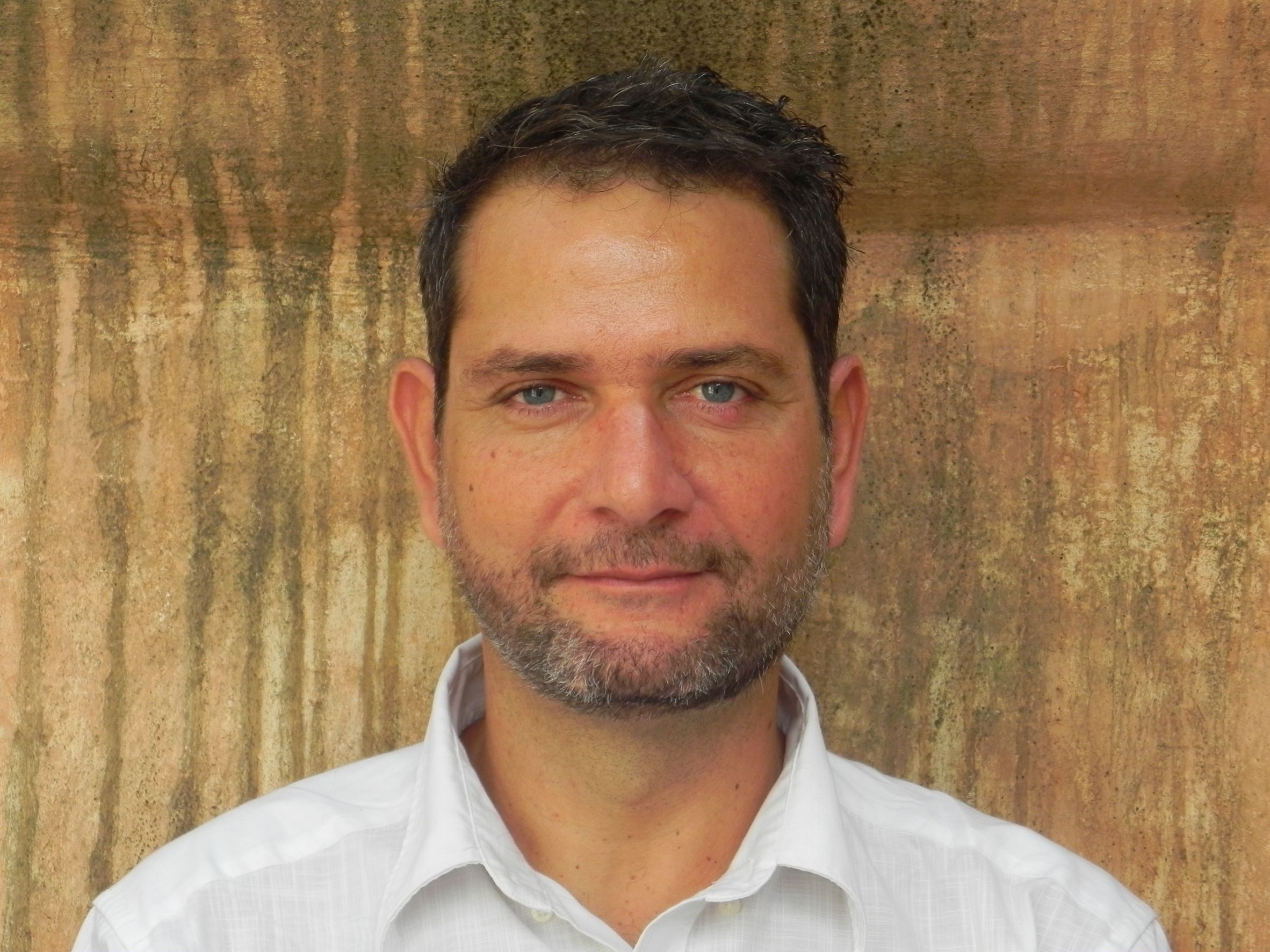Welcome to our series of conversations with participating speakers at this year’s Tung Lin Kok Yuen International Conference – Buddhist Canons: In Search of a Theoretical Foundation for a Wisdom-oriented Education (27–28 November 2021). In each blog post, I speak with keynote speakers and paper presenters about their subject at this conference.
Register for this insightful symposium here.
Translations and Transmissions of Wisdom from the Earliest Canonical Collections of Tibetan Buddhism
Georgios T. Halkias is an expert on Indo-Tibetan religious history and doctrines and the development of contemplative cultures of Mahayana and Vajrayana Buddhism in Tibet and across the Himalayas. An Associate Professor at the Centre of Buddhist Studies at the University of Hong Kong, Halkias pursued postgraduate studies in Comparative Philosophy at the University of Hawaii at Manoa, Film Studies at the University of Amsterdam, and completed his DPhil in Oriental Studies from the University of Oxford. He has published extensively on a variety of topics including, canonical Buddhist studies, Indo-Tibetan Pure Land Buddhism, Himalayan Studies, and Indo-Greek Buddhism. He has participated in several international research programs in the UK and Germany, and is currently the co-editor-in-chief of the Oxford Encyclopaedia of Buddhism and co-PI in a collaborative research project titled Infrastructures of Faith: Religious Mobilities on the Belt and Road at the University of Hong Kong.
Buddhistdoor Global (BDG): Can you describe a bit the “hermeneutic project of translating knowledge into wisdom and wisdom into knowledge as an essential part of Buddhist education”?
Georgios Halkias (GH): Wisdom and knowledge are often set in contrast to each other and for a good reason. Knowledge is not the same as wisdom and one needs to apply effort to translate wisdom into knowledge. Buddhist education is fundamentally a hermeneutic project with the aim to interpret the “wisdom” realized by the Buddha in a language understandable by those who are not yet realized. The challenge that Buddhism faced in different places and times is how to translate the “inconceivable wisdom of awakening” into the kind of knowledge that can be transmitted from one generation to the next. When knowledge of the dharma is not trivialized through intellectual sophistry or distorted by personal gain, it has the power to lead to realization and radical self-transformation through applied introspective practice. The hermeneutic project entails translating the essence of the Buddha’s wisdom into a language that lends itself to a path of learning and knowing.
But it doesn’t stop there. One needs to apply this knowledge to arrive at the realization of the Buddha’s wisdom. Pedagogical activities related to hearing (Tib. nyan pa) the teachings, reading (Tib. klog pa) and reciting (Tib. kha ’don byed pa) the scriptures, and writing (Tib. yi ge ’bri ba) and instructing others (Tib. rab tu ston pa) on the dharma, are religious practices related to knowledge that led to the acquisition of wisdom. And wisdom-inspired-knowledge leads to reflection, internalization, and personal transformation.

BDG: What (if any) was the attitude of wisdom-oriented education from the earliest canon of Tibetan Buddhism?
GH: Some background context is important in answering this question. It is important to identify the circumstances for the development of Buddhism in Tibet at the times of the Tibetan empire from the late 7th century onwards. Though there are several factors to consider, to understand this large-scale dissemination of Buddhist texts and practices we ought to recognize the remarkable efforts of Indian Buddhist pandits (the guardians for interpreting Buddhist wisdom) working closely with Tibetan translators or lotsawas (the guardians of Buddhist knowledge) to transmit the Buddha’s wisdom in the form of scriptural knowledge under a supportive institutional frame. In these early imperially sponsored Tibetan colleges of translation we trace the first proto-canonical production of nearly 1000 Buddhist texts translated for the most part from Sanskrit into Tibetan and distributed among monasteries and imperial libraries.
The emphasis behind this enterprise was to combine erudition and knowledge with technical expertise and institutional interventions which generously provided the resources required – scholars, translators, editors, scribes, texts, ink, paper, and impressive lexica and grammars to standardize the process of translation so that one could always have recourse to the original when discussing key terms and doctrines. The translation, transmission and preservation of wisdom relied both on erudite knowledge of the subject matter and the skillful means to pass on this knowledge on accurately from one generation to the next without getting “lost in translation”.
The early Tibetan Buddhist canons teach us a lesson that wisdom derived from knowledge presupposes erudition and scholarly understanding and the skillful means to pass the essence of Buddhism as knowledge across audiences from different cultural, personal and/or linguistic backgrounds. An example that illustrates this comes from the Madhyavyutpatti setting strict guidelines for translators to “translate the true Dharma so as not to contradict the meaning and adhere to good Tibetan usage.” Furthermore, “Regarding the translation of the Dharma, when a translation into Tibetan that does not deviate from the word order of the Indian original [retains] the connection between the meaning and words and is good usage, one should translate without deviating.”
There are many such guidelines discussed in my presentation that illustrate the attitude that these early Buddhist scholars and translators followed to ensure the integrity of wisdom-based education and the accurate transmission of the Buddhist teachings.
BDG: The “scholar-practitioner” of Indo-Tibetan Buddhist tradition has received considerable attention since scholars began combining Buddhist Studies with practicing Buddhism in the 20th century. In the year of 2021, amidst a rapidly changing world with old certainties challenged, what might a contemporary, relevant scholar-practitioner look like?
GH: Regardless of the century, there is a certain confidence but also humility that characterizes a true scholar-practitioner. The very synthesis of these two aspects (knowledge and internalization of knowledge) transcends both the arrogance of knowing and dogma of knowledge and the privileging of spiritual exercise as a state immune to the scrutiny of articulation and critical reasoning. Arguably, being a scholar tempers the practitioner and vice-versa, while both keep one another in check and balance. On the one hand, they balance each other by investigating if one’s realization accords with the teachings preserved in the Buddhist scriptures, and on the other hand, the check if one’s knowledge of Buddhism is truly understood in its essence through practical experience. We should bear in mind that the scholar-siddha (Tib. mkhas sgrub) ideal propagated in Indo-Tibetan Buddhism is a reflection of the Buddha himself who exemplifies both aspects – for on the one hand, the Buddha has clear and lucid knowledge of his attainment and on the other, he knows the path that leads to enlightenment because of his own practice and realization. While realization and attainment derived from the practice of the Buddhist teachings is harder to define in a succinct way, a scholar or learned individual (Tib. mkhas pa) is accomplished in nine ways – namely, in education, discipline, goodness, teaching, debating, writing, dharma theory and practice, and in leading a righteous life.
Those who seek for wisdom and its articulation will find in the scholar-practitioner a heuristic and practical model, for knowledge and experience leads to wisdom and a wisdom-orientated education should ultimately aim towards the integration of knowledge and experience.
BDG: You emphasize that “unprejudiced understanding and knowledge of the subject-matter” is key to wisdom-oriented education. With increasingly polarized beliefs and ideology saturating social media, as well as the proliferation of fake news, how can educators maintain “unprejudiced understanding”?
GH: Prejudice is built in any culture, education, and system of beliefs regardless of how well intended it is. So, we have degrees of prejudice based on our own investment in the production, preservation, and dissemination of a particular body of knowledge. An unprejudiced approach to knowledge is an ideal to aspire for. From a Buddhist point of view, we come closer to this ideal when we remove from the process of learning and understanding our ego and its grasping after enduring constructions of identity.
An open, honest, and self-examining mind is a healthy mind. Buddhism as a body of knowledge was not meant to be interpreted so as to serve our own worldly interests and validate our own beliefs and viewpoints. Rather, the purpose of reading the scriptures of Buddhism is so as to be free from our own prejudices and erroneous beliefs about ourselves and the world. To guard against partiality, intolerance, and fanaticism we must always be vigilant of our intention, to examine how invested we are in what we believe and teach, and for what purpose? Honest introspection leads to a deeper engagement with the process of questioning the nature of our relation to knowledge. Is it not who we think we are but a construction of knowledge?
As educators our role is not to be blind instruments of transmission nor to convert our students to our beliefs. Rather we ought to present a given tradition or body of knowledge as accurately as we can without distortions coming from our own biases or from external pressures. The only guard against intentional and unintentional misinformation is reliable knowledge of the subject matter. However, since this is not always possible then at the very least one should cultivate and maintain correct intention that accords with the precepts of Buddhism not to harm sentient beings and with the aspirations of Mahāyāna to be of benefit to others.
Related blog posts from Buddhistdoor Global
The TLKY International Conference 2021 Interview Series – Prof. Wu Jiang
Buddhist Canons: In Search of a Theoretical Foundation for a Wisdom-oriented Education


